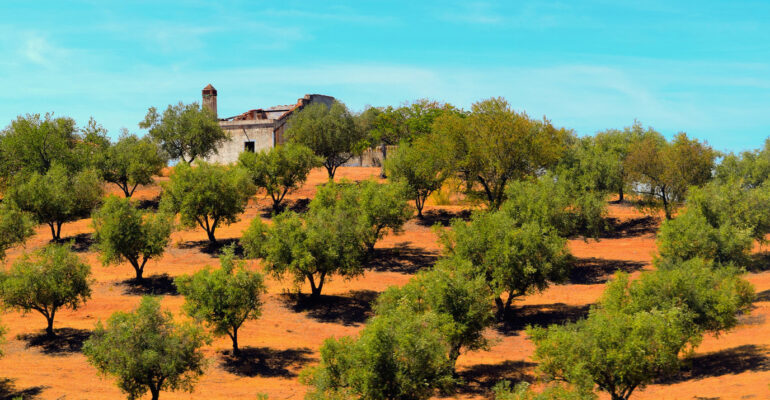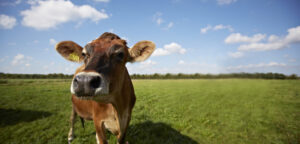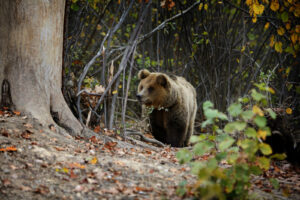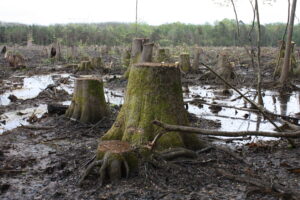Between sovereignty and extraction, bioenergy in rural areas
By guest author Abel Esteban, Bioenergy Campaigner, Ecologistas en Acción
Rural development and helping farmers has been a motive to promote bioenergy on the premise that it offers new economic opportunities in rural communities while increasing renewable energy use. The reality is that a good share of the bioenergy pushed for this purpose hasn’t necessarily supported these rural communities, nor has it exactly been sustainable or renewable. Spanish NGO Ecologistas en Accion share their views on how bioenergy can be an environmentally sustainable choice while supporting rural communities.
In many “campesinas”, or Latin-American farming societies, biomass has been feeding people, crops and animals; it’s been providing energy to power homes and small industries; and it’s been a source of raw materials for construction and tool manufacturing. Such organic biowaste used to be anecdotal because it was used as an agricultural by-product and for feeding and bedding livestock. Moreover, manure and compost served as a natural fertiliser which ensured that nutrients were constantly being recycled in a closed loop while crops were fed by solar energy.
But with the rise of agricultural industrialization these traditions and natural cycles were broken. And now, industrial farming is seen as a primary driver of climate change and ecosystem deterioration. Livestock are no longer free to roam across large fields to graze and this has increased the risk of forest fire, while slurry piles leaking from industrial and concentrated livestock production now pollute once clean rivers and aquifers. Since this industrialization, rural activities have become increasingly dependent on external energy sources and materials (like food, fodder, plastic, etc.) to function.
Even with today’s energy and climate crisis, along with growing economic worries, there are ways to improve the livelihoods of people living in rural areas. The last decade, bioenergy in the form of biofuels which supply power or heat has been trumpeted as a solution. However, this has posed the risk of following old patterns which caused the multiple crises in the first place. All in the name of maximizing short term benefits. The use of biofuels has repeatedly led to intensive ecosystem exploitation, investing in complex technologies and large scale industrialization, ignoring that the planets natural resources are limited, and using biomass instead of fossil fuels, which we know are running out, is not a silver bullet if not used wisely.
To truly achieve progressive models for rural development which avoid the tendency we’ve seen over the last few decades, it’s crucial to change our approach. We do know that some of the focus has been on the needs of rural population and sustainable land use, mostly in agricultural or forestry. We also know that organic and diversified food production, which reduces inputs and is focused on quality and small local markets, is generating opportunities for rural families and younger generations. These are viable alternatives to industrial scale farming.
This is also true to bioenergy, but only if approached in specific ways. Some of Ecologistas en Accion tips for applying a more sustainable approach to bioenergy to help us define a different energy model in rural areas are as follows.
For one, reducing our energy consumption and placing importance on saving measures and using the most-efficient technologies or self-consumption whenever possible. For example, we know that biomass is much more efficient when used to produce heat or cold (with or without co-generation) rather than power, so its use as a source of power should be limited.
Next, extracting biomass from ecosystems should take into account sustainable criteria related to biodiversity, soil protection, conserving soil fertility and the balance of greenhouse gas emissions. We should also give priority to small facilities according to the local/regional availability of biomass, human and financial resources. Some Spanish regions, like El Lluçanès or La Cerdanya (Cataluña) have supported bioenergy for housing, business and public buildings central heating. They have even gone as far to refuse large power plant projects, which have had negative impacts on communities, including lower biomass prices paid to forest owners.
Integrating the different uses of biomass as food, materials and energy should follow the cascading principle. For example, two decades ago olive oil Cooperativa de Los Pedroches (Córdoba) chose organic farming together with renewable energies, including bioenergy. Nowadays they use pruning and alperujo (olive wastes) to fertilize their fields. They also sell olive pits as fuel and produce photo-voltaic electricity.
If you would like to find out more, please see here: Ecologistas en Acción position on bioenergy (2007)
Banner photo: Spanish countryside © José Diogo Lages Machado Marques Figueira
Note: The views and opinions expressed in this guest blog post are those of the author and are not necessarily supported by BirdLife Europe/EEB/T&E.





